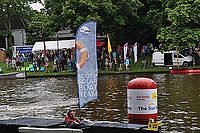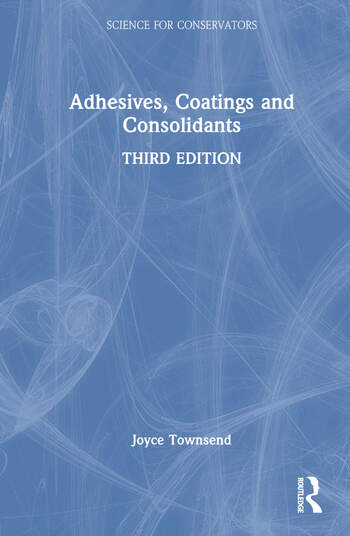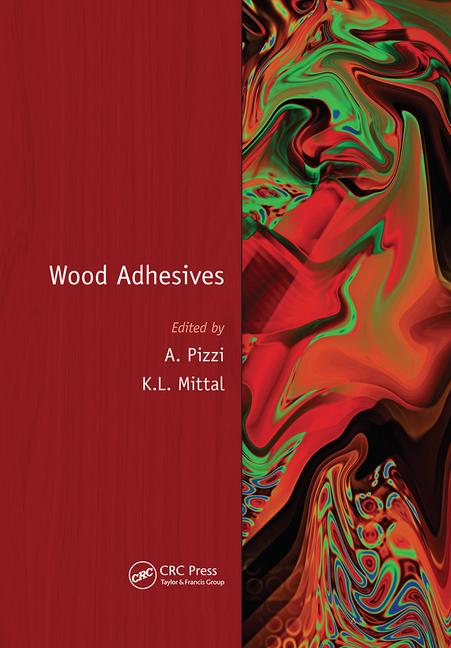Replicating History with Structural Adhesives
A full-size composite replica of the Spitfire fighter aircraft was built using Scott Bader materials.
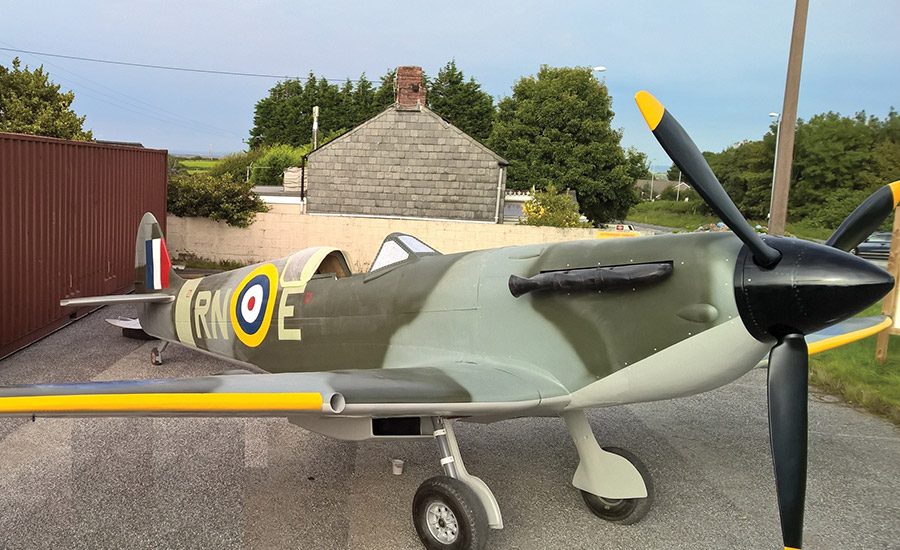
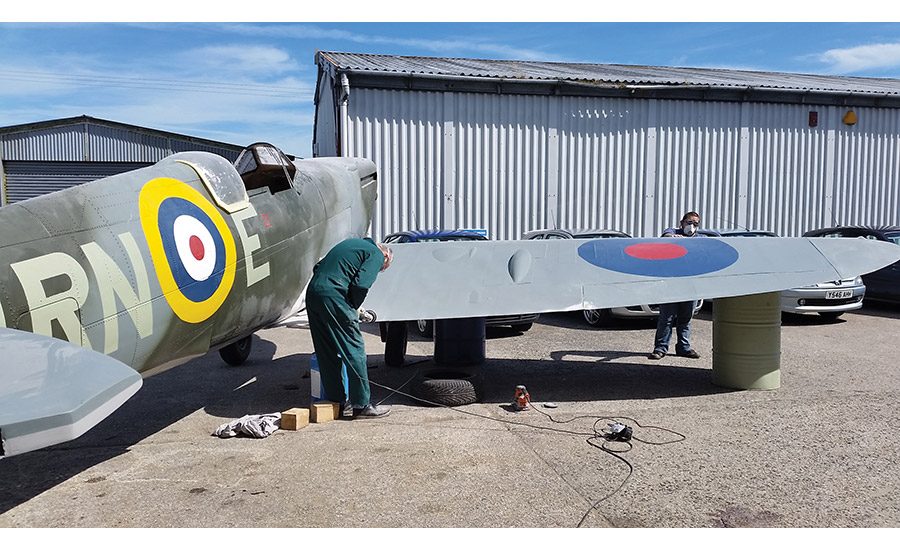


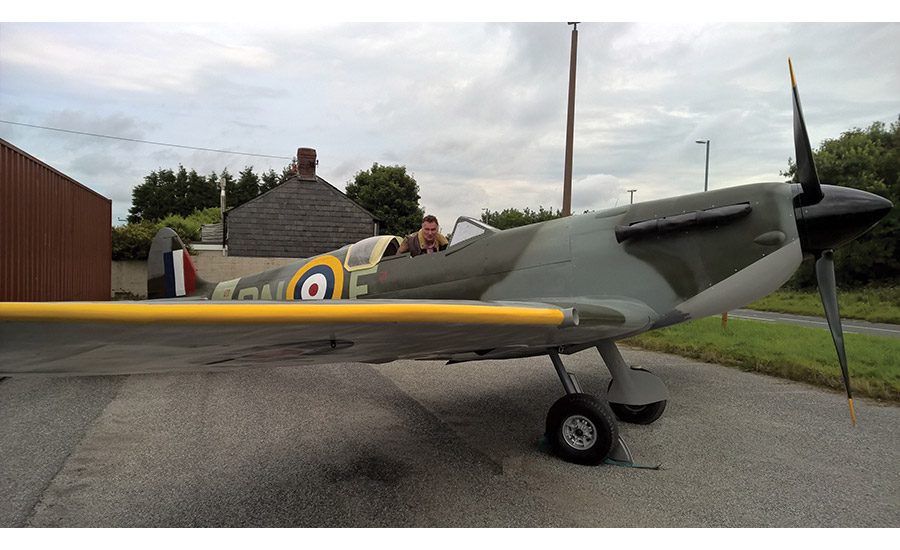
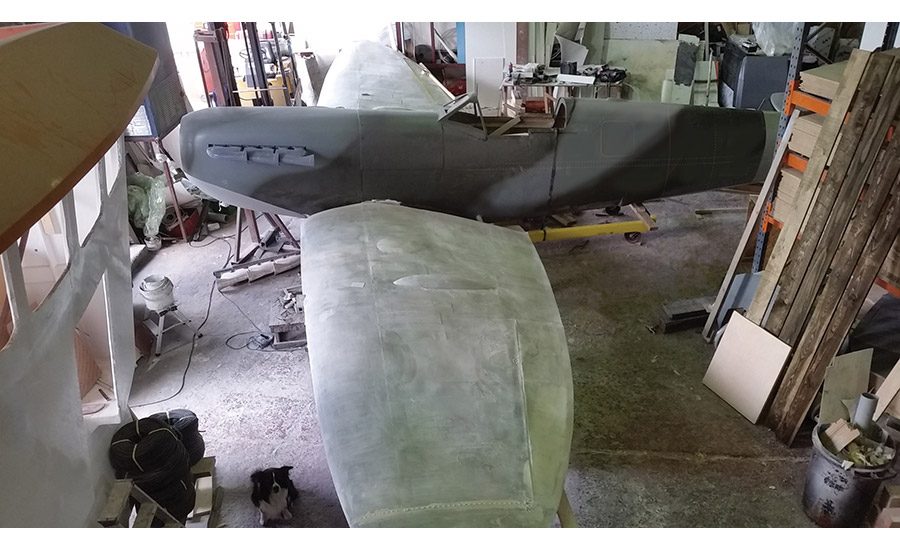
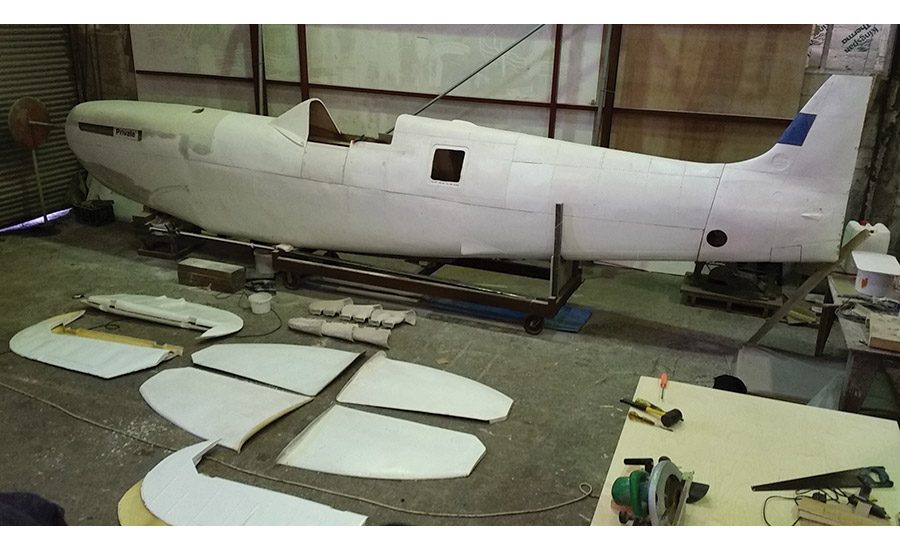
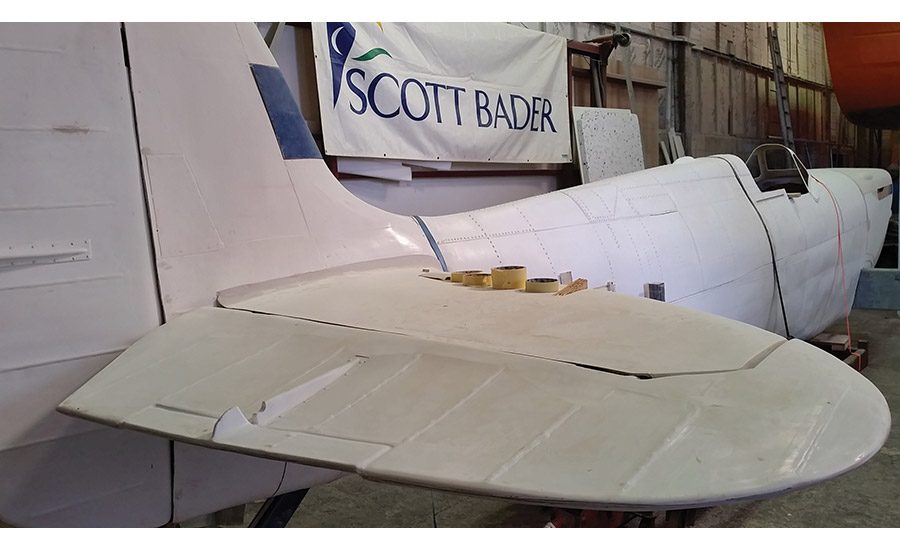








The Spitfire Heritage Trust recently completed a major project, successfully building an exact, full-sized all-fiberglass replica of the iconic WWII Battle of Britain Supermarine Spitfire Mk VB (Type 359) from scratch. Designed by Reginald Mitchell and produced from 1938-1948 at Supermarine Aviation where Mitchell was employed as an engineer, the original Spitfire fighter-interceptor was the first all-metal stressed-skin aircraft. All of the glass reinforced plastic (GRP) aircraft body parts manufactured for this replica plane were molded using laminating resins and structural adhesive materials supplied by the project’s principal sponsor, Scott Bader, which donated the majority of the composite materials used to construct the Lesotho replica Spitfire.
Gift of War Tribute
This authentic, GRP replica Spitfire has been specially built in the UK for the Kingdom of Lesotho (formerly Basutoland) in southern Africa by volunteers from The Spitfire Heritage Trust. The Lesotho replica Spitfire project was intended to recognize and pay tribute to the generous Gift of War given in June 1940 by the people of Basutoland, with a population of only 400,000 at the time. The response to the war funds appeal was overwhelming, raising sufficient money from donations to pay for the (then) costs of manufacturing 24 Spitfires, thus providing much-needed new fighter-aircraft for two full-strength Royal Air Force (RAF) Spitfire fighter squadrons. From this Gift of War donation, No. 72 (Basutoland) Squadron was created in 1940 and continues today as an active RAF training squadron. Trainee pilots now fly the RAF’s advanced trainer, the Tucano T1, built under license by Shorts of Belfast, before going on to fast-jet training.
Modern-day Lesotho (officially the Kingdom of Lesotho) is a landlocked country completely surrounded by South Africa. Lesotho was called Basutoland until its independence from Great Britain on October 4, 1966, when the Kingdom of Lesotho also became a member of the Commonwealth of Nations.
Replica Production Team
The Lesotho replica Spitfire was manufactured in Victoria, near St. Austell, Cornwall, in the southwest of England, using factory space, facilities and GRP expertise provided by Paul Ching, managing director of Evolution Boats Ltd. Ching is a master mold designer and Spitfire enthusiast; he brought invaluable experience to the team, having previously built a FRP replica Spitfire IIa for the RAF that is still on permanent display at RAF High Wycombe.
Being a volunteer-staffed project, it took a little over four years for the small production team to complete the Lesotho Spitfire replica, which had to be completed and supplied in 2016 to tie in with it being the 50th anniversary of Lesotho’s Independence from Great Britain. Working alongside Ching and the mainstay of the Spitfire Heritage Trust Lesotho project production team was replica manufacturing veteran Patrick J. Mitchell, who has worked on many similar projects, including previously building four other replica Spitfires. While not related to the famous Spitfire designer R.J. Mitchell, with whom he shares the same surname, Pat (P.J.) feels connected in spirit, given his passion for the aircraft.
The team started from scratch, with the key first stage of the project being to fabricate the individual patterns and plugs. New molds were produced for each of the GRP parts required to produce the replica propeller, and the monocoque composite sections that make up the fuselage, wings, and tail sections. Exact dimensions were achieved at this critical mold making stage by copying off an existing original aircraft. Once all the molds had been produced and checked, the next stage of the project was to start laminating the FRP parts, section by section.
FRP Technical Challenges
For the static display replica aircraft, using hand lay-up glass fiber, unsaturated polyurethane resin (UPR)-based laminate systems were technically sufficient for molding the GRP parts. However, there were still a number of technical performance-in-use considerations to ensure the correct choice of laminate system for specific sections of the aircraft to ensure that key areas would have the necessary mechanical and physical properties needed to cope with being exposed long term to the elements. Annual climatic conditions in Maseru, the capital of Lesotho where the Spitfire is destined as a permanent outdoor display showpiece, are typically seasonally wet and very dry, with high winds, extensive periods of intense sunlight, and a range of extremes in the ambient temperature from as low as -10°C (14°F) at night in winter up to average daytime of 28°C (82.4°F) in high summer, with maximum temperatures sometimes exceeding 35°C (95°F).
To cope with these extreme outdoor conditions, two different Crystic® polyester backup resin grades were specified. For the wings, given the dark paint colors used to camouflage the upper sides, along with prolonged periods in direct sunlight, the upper surface temperature of the wings was expected to regularly exceed 30°C (86°F) in high summer. In these sorts of high ambient temperatures, to ensure that the wing sections maintained stiffness, did not warp or twist, and could support their own weight, Crystic 489PA isophthalic UPR was specified due to its elevated temperature performance, providing excellent strength retention up to 40°C (104°F). In addition to the upper and lower GRP wing sections and inner cross stays, the inner “I” beam-shaped GRP main spars (one for each wing), which run the length of the wing and fit into a rectangular “carry-through” tube through the lower fuselage section in front of the cockpit, were also laminated using glass-reinforced Crystic 489PA resin on the primary structural bulkhead immediately after the engine nose section.
Crystic 489PA is actually a Lloyd’s approved marine resin grade, with proven long-term performance in composite boatbuilding for both deck and hull applications. According to published Scott Bader technical data, performance values for fully cured laminate test pieces made using Crystic 489PA backup resin with four layers of 450 g/sq m PB CSM (31.8% glass content) include tensile strength figures of 128 MPa, with a flexural modulus of 7,400 MPa and flexural strength of 212 MPa.
For the main fuselage sections and the tail, Crystic 2.414PA, a low-styrene, low-exotherm, rapid-hardening orthophthalic resin (also a Lloyd’s approved marine grade resin) was recommended, being an easy-to-use, high productivity hand lay-up laminating resin.
Structural Bonding Benefits
The wing sections were bonded together using Scott Bader’s primerless MMA Crestabond® M1-30 structural adhesive, especially in high stress areas. M1-30 was used to join the upper and lower FRP wing sections together and the internal FRP spars in the tail and fuselage, as well as for bonding in metal inserts where needed. A critical stress area where M1-30 was used was to secure the underside rigid mountings on which the replica is permanently secured in its display position; the mounting must be able to withstand the very high stress loading coming through the wings, particularly during high winds.
“It is less well-known that replica aircraft wings and mountings can come under higher loads than in flight during high winds,” says David Spencer Evans, chairman of The Spitfire Trust and replica expert. “This is one of the reasons that the project team spent the time we did evaluating all of the technical requirements with Scott Bader, selecting the most suitable laminating resins and level of glass fiber reinforcement for each FRP part, and pinpointing where it was advantageous to use a structural adhesive.”
Official Handover Ceremony
The finished replica Spitfire was shipped to Lesotho, reassembled and formally handed over on Remembrance Sunday, November 13, 2016, as part of the official Armistice Day events in the capital, Maseru. The handover ceremony took place in Mokonyane Square, in the city’s Central Memorial Park, where the Lesotho replica Spitfire will remain on public display.
This long-overdue World War II tribute to the people of Lesotho was provided by the Spitfire Heritage as a legacy for future generations, in the hope that this iconic symbol will stimulate interest and help to foster stronger social and economic connections with Great Britain in the future. The legacy includes the creation and provision of a new composites apprentice training program for a number of young adults working in small- and medium-sized enterprises (SMEs) in Lesotho. Scott Bader South Africa, which has its main chemical production plant located in Hammersdale, approximately 215 km from the border with neighboring Lesotho, has also agreed to provide technical support, including the use of its laboratories for projects and advice regarding the apprenticeship training program.
Future Ambitions
Today, around 60 surviving original, airworthy Spitfire fighter aircraft exist, with only half that number typically airworthy at any given time. Thus, the few remaining planes simply cannot meet the huge annual demand for “Battle of Britain” aircraft appearances at air shows around the UK and in commonwealth countries around the world. To address this issue, the Spitfire Heritage Trust team has been developing an airworthy full-scale replica two-seater Spitfire over the past six years, which can be cost-effectively produced in small to medium numbers. A prototype is planned to be ready for air testing in 2019.
The full-size, airworthy, near-identical replica, known as a Spitfire Type 2K, is aerodynamically very similar to the original Mk I Spitfire, but will be just over half the weight due to having a carbon fiber technology-based monocoque airframe. As part of the critical design stage, all of the structural elements are being developed and optimized using finite element analysis software. Preliminary discussions have taken place between the Spitfire Trust’s project team and technical experts in Scott Bader to evaluate the use of an advanced carbon fiber-reinforced composite vacuum infusion laminate system, using the high-performance Crestapol 1251PA urethane acrylate resin. In the U.S., Crestapol 1250LV has already been used in a replica aircraft development project in combination with carbon/Innegra™ hybrid woven fabric reinforcements, cores, and other reinforcements to vacuum infuse outer composite skin CFRP fuselage halves that attach to the steel fuselage frame of a replica American World War II fighter aircraft. ASI
For more information, visit www.scottbader.com. The Spitfire Heritage Trust can be found online at www.spitfireheritagetrust.com.
Editor’s note: All images provided courtesy of The Spitfire Heritage Trust.
Looking for a reprint of this article?
From high-res PDFs to custom plaques, order your copy today!





